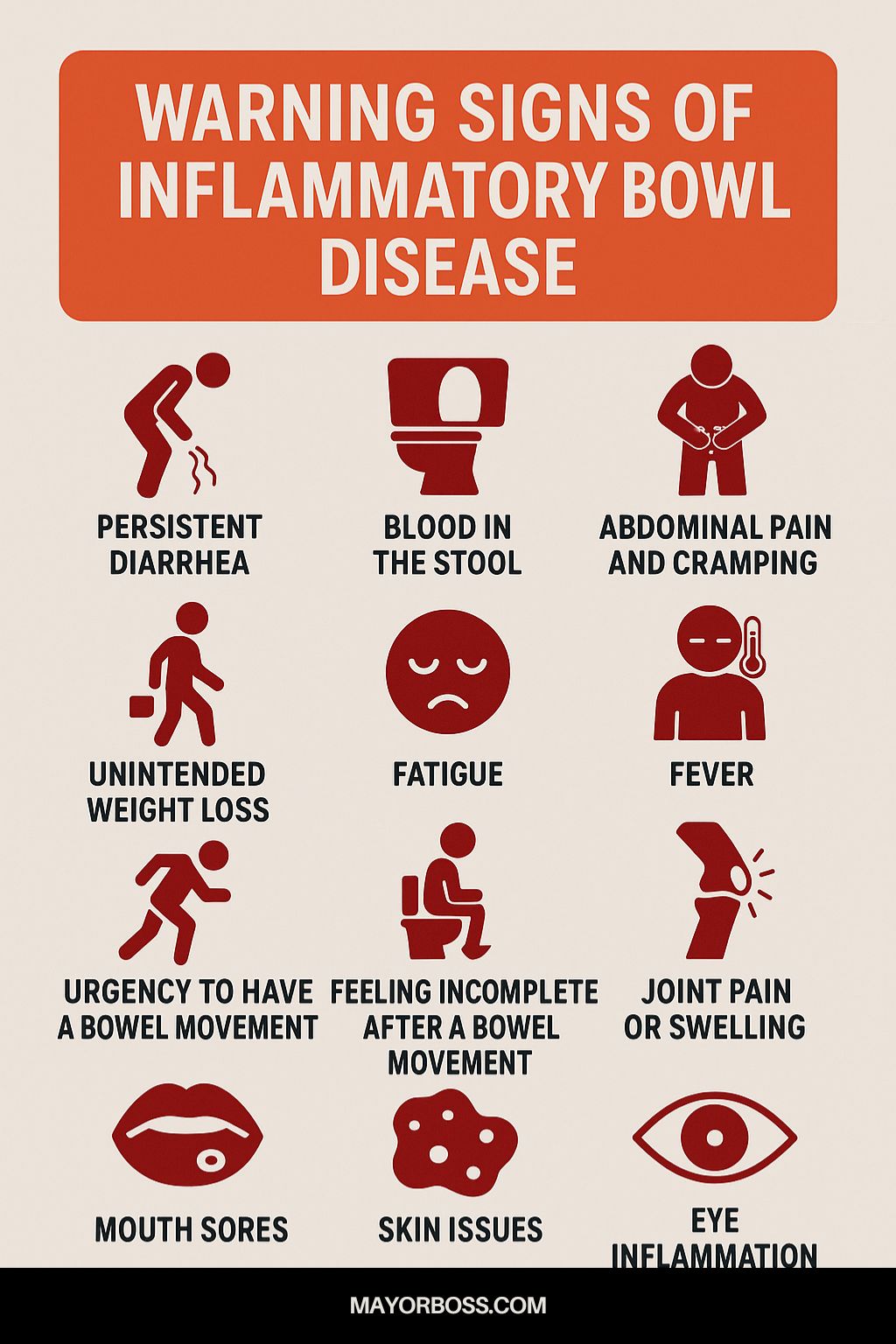10 Signs of Poor Circulation That You Need to Know Before It’s Too Late
Your blood needs to move well to keep your body healthy. Blood circulation brings oxygen and nutrients to all parts of your body, helping your organs work the way they should. If your blood isn’t flowing well, your body will show warning signs. It’s important to notice these signs early so you can get help before things get worse. Here are ten warning signs of poor circulation that you should know.

1. Cold Hands and Feet
Do your hands or feet always feel cold, even when it’s warm outside? This might mean your blood isn’t flowing well. When blood doesn’t reach your hands and feet, they can feel cold. It’s normal for them to be cold sometimes, but if it happens a lot, it’s a good idea to talk to your doctor.
2. Numbness or Tingling
If your hands, feet, fingers, or toes often feel numb or tingly, it could be a sign of poor circulation. This feeling happens because the area isn’t getting enough blood, which means it’s not getting enough oxygen and nutrients. It feels like “pins and needles” or like the area has “fallen asleep.” If this happens a lot, it could be a problem with your blood flow.
3. Swelling in Your Feet, Ankles, or Legs
If your feet, ankles, or legs swell up, it could be because your blood isn’t flowing well. Poor circulation can cause fluid to build up, making these areas swell. You might notice your shoes feel tight or your socks leave marks on your ankles. Sometimes the swelling can even be painful. If this keeps happening, you should talk to a doctor.
4. Feeling Very Tired
Do you feel tired all the time, even when you get enough rest? Poor circulation might be the reason. When your muscles don’t get enough oxygen from your blood, you feel worn out. There are lots of reasons you might feel tired, but poor circulation could be one of them, and it’s worth checking out.
5. Muscle Cramps and Pain
Muscle cramps, especially in your legs, can be a warning sign of poor circulation. Muscles need oxygen-rich blood to work right. When they don’t get it, they start to cramp or hurt. You might feel these cramps after walking or climbing stairs and sometimes even when resting. Good blood flow helps stop these problems.
6. Skin Changes Like Color or Texture
Poor circulation can also affect your skin. You might notice that parts of your skin, like your hands, feet, or legs, turn a bluish or pale color. This happens because the blood isn’t flowing well, which means the area doesn’t get enough oxygen. The skin might also look thin, dry, or flaky. If you see these changes, it’s important to talk to a doctor.
7. Slow Healing of Cuts or Sores
If you notice that cuts, sores, or bruises take a long time to heal, it might mean your blood isn’t flowing well. Blood helps bring nutrients to a wound so it can heal. Without enough blood flow, the healing process takes longer. This can be dangerous, especially for people with conditions like diabetes, where slow healing can lead to bigger problems.
8. Hair Loss or Weak Nails
Your hair and nails need nutrients to stay healthy. Poor blood flow can mean these parts of your body aren’t getting what they need, leading to hair loss or weak nails. You might see thinning hair or nails that split easily. If you notice these problems, along with other signs on this list, talk to your doctor.
9. Erectile Dysfunction
For men, poor circulation can cause erectile dysfunction. An erection depends on good blood flow, so if blood isn’t flowing well, it can cause problems. There are many reasons for erectile dysfunction, but poor blood flow is a common one that needs to be treated.
10. Chest Pain
Chest pain, also called angina, can happen if your heart isn’t getting enough oxygen-rich blood. This is a serious sign of poor circulation to the heart. Angina feels like pressure or squeezing in your chest, and it might spread to your arms, shoulders, or back. If you feel chest pain, get medical help right away, as it could mean a serious heart problem.
If you recognize any of these signs, make an appointment with your doctor to figure out what steps to take next. Good blood flow is key to your overall health, so don’t ignore what your body is telling you.






